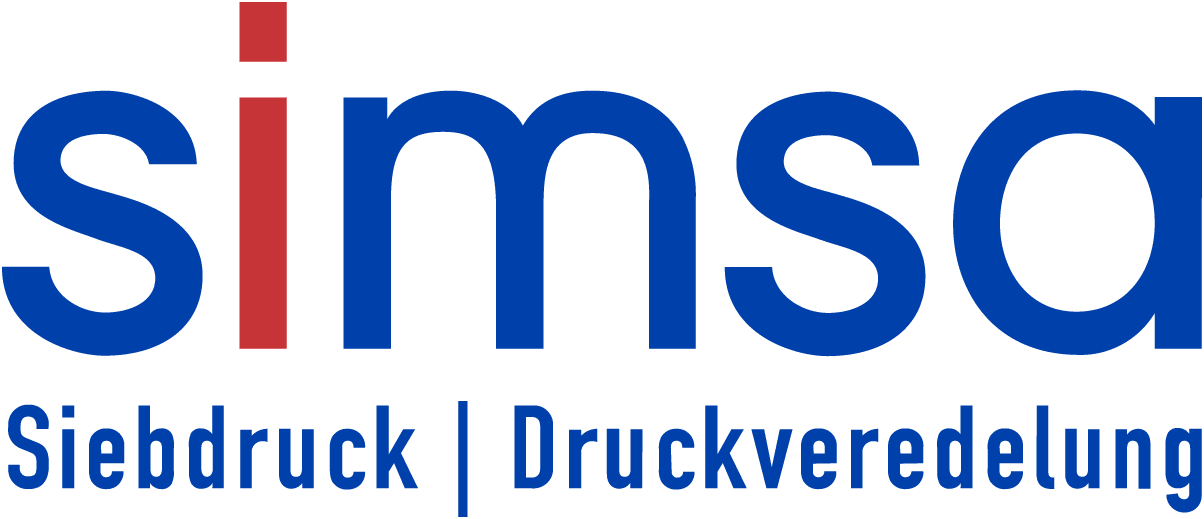Screen printing
Screen printing prints on almost everything
Screen printing is one of the most versatile of all printing processes: It can print on a wide variety of materials, from wafer-thin to several centimetres thick, can control the application of ink up to extremely high ink layer thicknesses, has excellent resistance to sunlight and weathering, high ink opacity and thus leads to a long product life.
Whether it’s sugar decorations on a birthday cake, stickers, a fashionable T-shirt, paint finishes on a book title, a speedometer disk in a car or a limited edition series of pictures in a gallery: they all often have the same printing process in common – screen printing.
Synonyms for screen printing
Screen printing has many names in everyday life: In art printing, it is referred to as serigraphy and in the course of internationalization, the term silk screen or screen printing is often used.
So how does screen printing work?
Technically speaking, screen printing is stencil printing: the printing form is a screen mesh stretched over a metal frame. The mesh openings are completely sealed, with the exception of the image elements to be printed. Here the openings are free. Using a so-called squeegee, a rubber strip, ink can be pressed through these openings onto the underlying substrate. This creates a printed image on the surface under the screen.
What we screen print:
Here in Vienna you can, among other things, have them screen printed:
- Screen printing on paper
- Screen printing on cardboard
- Screen printing on cardboard, such as gray cardboard or museum cardboard
- Art screen prints, so-called serigraphs, for example on watercolor cardboard
- Screen printing on self-adhesive films in transparent, white, colorful or metallic
- Screen printing on rigid plastic films such as polypropylene(PP), PVC or PET
- Screen printing on plastic sheets such as polystyrene (PS)
- Screen printing on art glass such as acrylic glass or Plexiglas
- Screen printing on bookbinding linen
- Screen printing on lightweight foam boards or rigid foam boards
Frequent applications for screen printing
Screen printing is often used, for example, for:
- Screen printing with opaque inks on colorful, solid-colored papers or cardboard types
- Screen printing of stickers
- Screen printing of art prints(serigraphs)
- Screen printing on book covers made of bookbinding linen or cardboard
- Screen printing of thick-layer UV coatings as print finishing with high gloss or relief
- Screen printing of plastic panels and signs
- Screen printing with effect colors, such as glitter paints or afterglow colors
We are screen printers of the first hour in Vienna and Austria. We would be delighted to accompany your products on the road to success with our accumulated know-how!
Exposure of repro films
An interesting by-product of screen printing is the laser exposure of repro films with a high logarithmic density of logD 4 and extremely high resolution. We also produce these film exposures on a contract basis for other print shops.

